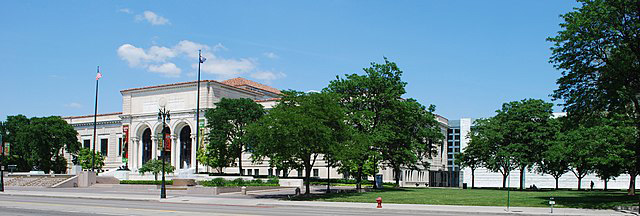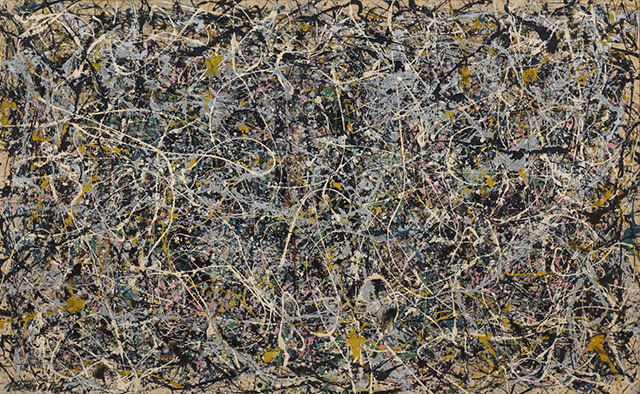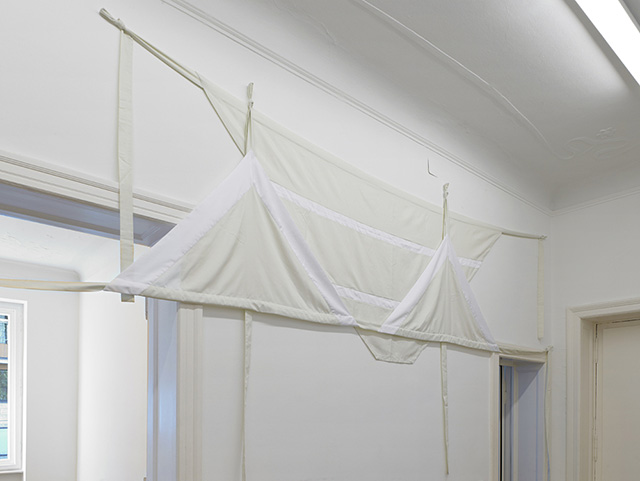Several years ago, I did a stint of writing material for Search Engine Optimizing (SEO) for an online marketing specialist. One of his clients was an abstract artist, and she wanted a blog about art, especially abstract and contemporary art. So, I began to learn more about that arena of modern art.
Although I grew up drawing a lot — put a piece of paper in front of me and give me a writing instrument, and I would scribble away — I had never made a serious study of the history of art. I liked looking at art and was fortunate enough to have parents that had a taste for visiting museums. We lived in Michigan and would occasionally visit Detroit. Such visits included a day at the Detroit Institute of Arts.

Thus, at an early age, I learned to look at art, at least in the sense of taking it in, and understanding that it was an expression of what the artist saw in the world. But learning how to experience art knowingly and think about it, that would come much later. It’s an odd thing to confess, coming from an artist, but there it is: I made art that “had” to come out of me, but I did not often think about what it said to anyone else. I had no artist’s “manifesto,” as it were.
Anyway, there I was, writing SEO content about art, and needed to find interesting things to include, particularly from the field of modern art, especially if it leaned toward the innovative or abstract. One of the first pieces I wrote was about an exhibition at the Los Angeles Museum of Contemporary Arts (or the MOCA, as it is colloquially known). I had actually visited the MOCA once, before I had gotten into SEO writing. And it was there that I’d gotten my first real lesson in experiencing art.
The MOCA has a Jackson Pollock, Number 1, 1949. I had never been particularly interested in Pollock before my visit to MOCA, because I’d only encountered his work in photo reproductions in books. I didn’t find the colors interesting, nor what (at my initial encounters) the “mess” looked like. But at the MOCA, the painting takes up a whole wall by itself.

Experiencing a Jackson Pollock painting in person is very different than seeing a reproduction, even a very good photograph of it. There are some things that a camera cannot capture.
The first impression I had was of the sheer size of the piece. The image that looked like a bunch of scribbles in photos in books was suddenly a vast piece stretched across a large wall. It changed how I perceived the “scribbles.” When I saw the real thing, I could almost feel the energy and force required to swing the instruments Pollock used to splatter the paint. Also, photographic reproduction even now does not manage to replicate the colors exactly. So, the yellows in Number 1, 1949 are brighter, stronger, than photographs convey. And then there is the physical layering of the paints. The layering really does add dimension to the work – it might be a depth measured in millimeters, but it is there, and the human eye registers the dimension. A flat photograph of such a work cannot capture that.
Which brings me back to the SEO blog writing I mentioned. In that first blog article, I cited Cosima von Bonin’s Untitled (Bikini Loop #1). I said it would “set you on an unusual train of thought,” but didn’t comment further, mainly because I couldn’t think of anything to say that wasn’t just my reaction. I was writing a blog for someone else’s website, after all. I couldn’t stick my own reaction into what was supposedly her viewpoint.
But here’s what von Bonin’s piece looks like —

It’s not “just” a bikini. As you can see in the photo, it is rather large. Draped high in the gallery, over the doorways, and spread across the side of the room. With the top overlaying the bottom, it sort of removes the immediate implication of a sexual response. Instead, you have to look at the pieces, and inevitably consider the purpose they represent. “What of the size of the woman wearing that?” That would certainly be a powerful woman, just based on size. But why should size matter so much? As I said in the SEO piece, it “sets you on an unusual train of thought.”
Experiencing art is different than just looking at it. But we all need to learn how to experience art, to really see it, to breathe it in.
Interestingly enough, as I was preparing this blog post, an artist friend of mine posted a link to a Wall Street Journal article about how looking at art is good for mental health. And after the last two years of everyone dealing with the stresses in our world, I think we all need to learn how to experience art.
Notes: Number 1, 1949 by Jackson Pollock, Los Angeles Museum of Contemporary Art, image used under Fair Use. Untitled (Bikini Loop #1) by Cosima von Bonin, image used under Fair Use (photo credit unknown, unfortunately). Copyrights belong to the copyright holders.


